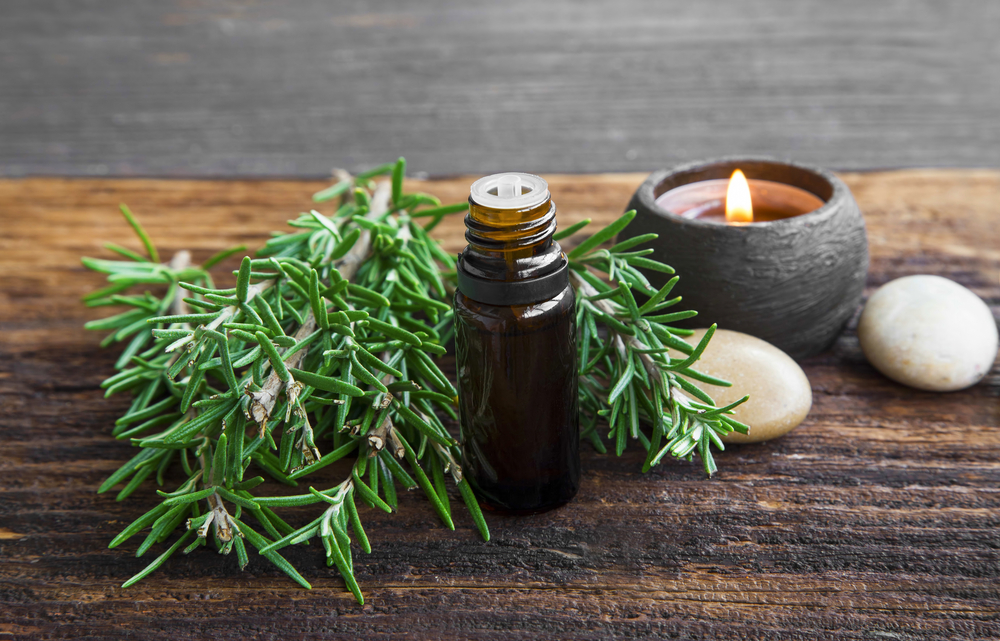Rosemary might seem like one of the toughest herbs around, but even this hardy Mediterranean native has its limits. Gardeners are often surprised when their rosemary suddenly turns yellow, droops, or starts to dry out from the tips. It can feel frustrating, especially since rosemary is known for thriving in hot, dry climates and being relatively low maintenance. But despite its reputation, rosemary is not invincible. In fact, there are several specific things that can cause it to struggle or die, especially when grown outside its native habitat or indoors in containers.
Understanding why your rosemary is dying starts with knowing how it naturally grows. This herb prefers fast-draining soil, plenty of sunlight, and dry roots. It can survive poor soil and drought better than it can survive excess moisture, cold snaps, or even enthusiastic over-pruning. What makes rosemary resilient in the wild can make it finicky in a garden bed or pot, where human care can sometimes do more harm than good.
This guide outlines 16 of the most common reasons why rosemary plants die and explains how to fix each one. Whether you’re an experienced gardener or a beginner growing rosemary for the first time, these solutions will help you revive your plant, avoid future mistakes, and keep your rosemary healthy all year round.
1. Overwatering
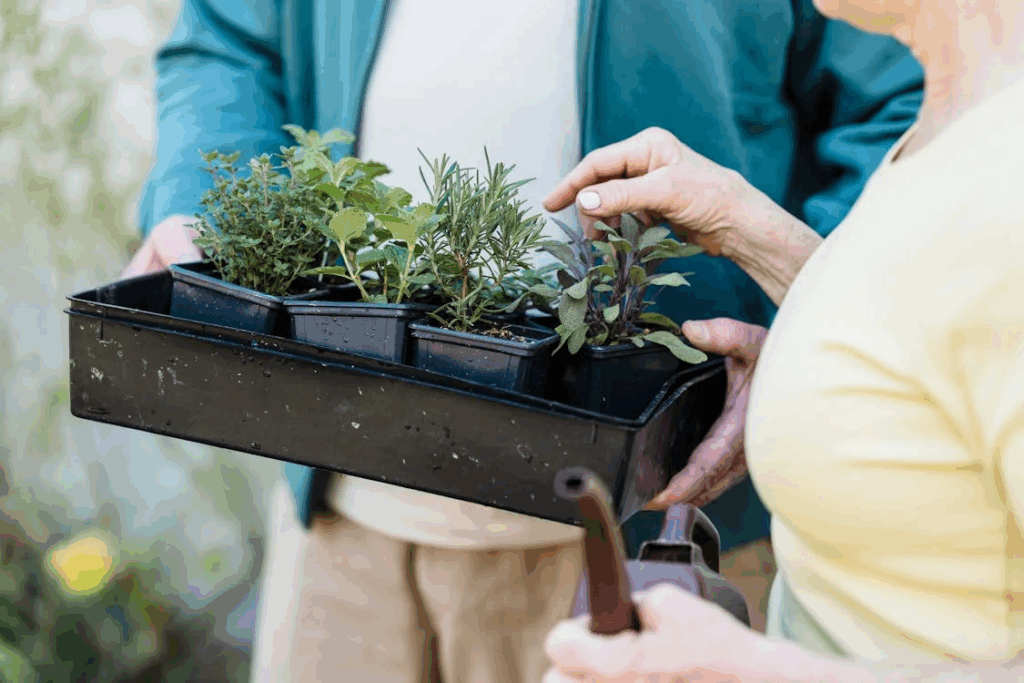
Overwatering is the number one killer of rosemary, especially in pots. Many gardeners mistakenly treat rosemary like other herbs, assuming more water equals better growth. However, rosemary is adapted to arid Mediterranean climates, where rainfall is minimal and soil drains quickly. This herb thrives on dry roots and actually prefers a bit of neglect.
When rosemary receives too much water, the roots cannot breathe. Saturated soil prevents oxygen from reaching the root zone, causing roots to weaken and rot. The signs are usually subtle at first, such as yellowing needles or stunted growth. As root rot sets in, the plant may droop or develop a musty smell at the base.
Fix it: Allow the top 1 to 2 inches of soil to dry out completely before watering again. In cooler months, rosemary needs far less water than during the growing season. Use your finger to check soil moisture, and always err on the side of underwatering. If your rosemary is in a pot, make sure there are drainage holes and never leave it sitting in a water-filled saucer. Consider placing pebbles or gravel at the bottom of the pot to prevent water buildup around the roots.
2. Poor Drainage

Even if you water sparingly, poor drainage can suffocate rosemary’s roots just as easily as overwatering. Soil that stays soggy or compacted traps water around the root zone and creates the perfect environment for fungi and bacterial pathogens. Garden beds with clay soil are especially risky because clay holds water and compacts easily.
Symptoms of poor drainage are nearly identical to overwatering. You might notice blackened stems at the base, wilting despite wet soil, or moss growing on the soil surface.
Fix it: Improve your soil’s drainage by mixing in coarse sand, perlite, or pea gravel. In heavy clay areas, grow rosemary in raised beds or containers instead of planting directly in the ground. If your plant is in a pot, make sure it’s not placed on a surface that traps moisture beneath it. Choose terracotta pots, which breathe better and allow moisture to evaporate faster than plastic or glazed ceramic.
3. Root Rot

Root rot is a deadly fungal disease caused by prolonged wet conditions and poor airflow around the roots. Common pathogens include Phytophthora and Pythium species, which thrive in damp, oxygen-poor soil. Once these fungi infect rosemary, they destroy root tissue, reducing the plant’s ability to absorb water and nutrients.
You’ll often see signs above the soil first. The plant might look droopy even when the soil feels moist. Leaves can yellow, wilt, or turn brown from the tips inward. A gentle tug on the plant may reveal mushy, dark-colored roots with a foul smell.
Fix it: The first step is to act quickly. Remove the plant from its container or soil bed and gently rinse the roots to inspect the damage. Cut away all affected roots with sterilized scissors, leaving only firm, healthy sections. Repot the plant in fresh, sterile soil with excellent drainage. Let the plant recover in a partially shaded area for a few days, then return it to full sun. Water sparingly until signs of new growth appear. If the infection is too widespread, propagation from healthy cuttings may be the only option.
4. Underwatering
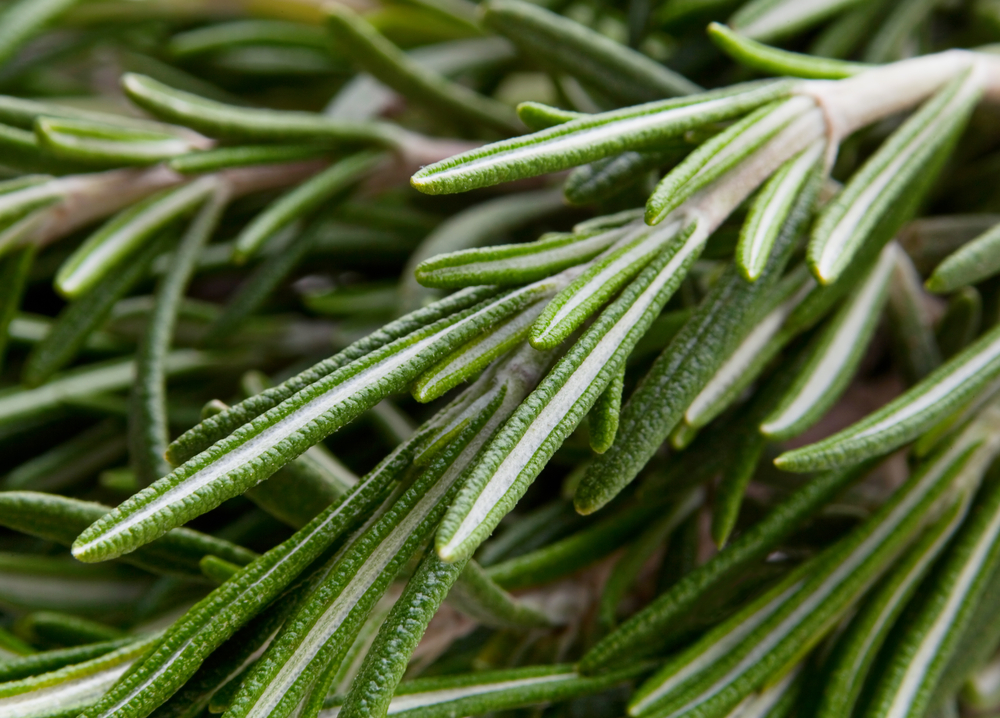
While rosemary hates soggy soil, it also needs consistent moisture, especially during hot weather or in containers that dry out quickly. Underwatering stresses the plant and limits its ability to photosynthesize and produce flavorful oils. Rosemary that lacks water often develops dry, brittle leaves that curl inward or fall off completely. In extreme cases, entire branches may become dry and woody.
Outdoor rosemary can usually survive brief dry spells thanks to its deep roots, but container plants are more vulnerable. Wind, sun exposure, and porous pot materials like terracotta can accelerate moisture loss.
Fix it: Water thoroughly when the top inch of soil becomes dry. Instead of shallow watering, soak the root zone deeply to encourage strong root development. If your pot dries out within a day or two, consider moving it to a slightly shadier location during peak summer or using a larger pot with more soil volume. Add mulch or decorative pebbles on the surface to reduce evaporation and keep roots cooler.
5. Lack of Sunlight

Rosemary is a full-sun herb, meaning it requires at least six to eight hours of direct sunlight each day to thrive. If your rosemary plant looks thin, leggy, or leans toward the light, it’s likely not getting enough sun. Inadequate sunlight limits photosynthesis, resulting in poor growth, weak stems, and fewer essential oils that give rosemary its flavor and aroma.
Indoor plants often suffer the most from light deprivation. A north-facing window or shaded patio will not provide enough intensity for healthy development. Even bright rooms with indirect light can cause rosemary to decline over time.
Fix it: Move your rosemary to the sunniest location available. Outdoors, a south-facing garden bed is ideal. Indoors, use a grow light or place the plant near a south- or west-facing window. Rotate potted plants regularly so all sides receive equal light. During winter months or in cloudy climates, supplement natural light with full-spectrum LEDs designed for herbs and vegetables.
6. Cold Damage
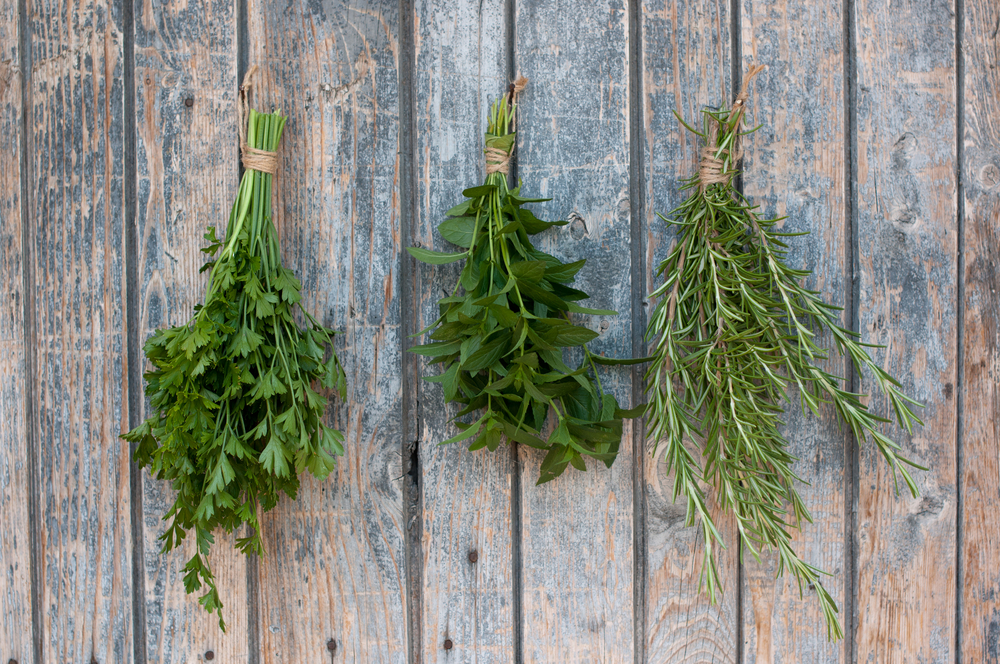
Despite its tough appearance, rosemary is not immune to cold temperatures. Most varieties can handle light frost but not prolonged exposure to freezing conditions. In colder regions, frost can damage tender new growth or kill the plant entirely. Symptoms include blackened leaves, wilted stems, and browning tips, especially after sudden temperature drops.
Outdoor rosemary planted in exposed areas or wind tunnels is particularly vulnerable. Even if the roots survive, the top of the plant may die back significantly.
Fix it: If you live in a zone where temperatures fall below freezing, take precautions before winter arrives. For potted plants, bring them indoors or into a sheltered area like a garage or sunroom. For garden plants, apply a thick layer of mulch around the base to protect the roots. You can also cover plants with burlap or frost cloth on especially cold nights. Choose cold-hardy varieties like Arp or Hill Hardy rosemary if you garden in zones below USDA Zone 7.
7. Heat Stress

While rosemary thrives in warm conditions, extreme or prolonged heat can cause stress, especially if the plant is in a container or has limited access to water. Symptoms of heat stress include drooping, dry or crispy leaves, sudden needle drop, and faded leaf color. Potted rosemary is especially susceptible because containers heat up faster and dry out more quickly than in-ground soil.
Heat stress is often compounded by other issues such as underwatering, poor airflow, or reflective surfaces like concrete patios that intensify heat around the plant. Rosemary grown in metal or dark-colored pots can suffer root damage as temperatures soar.
Fix it: Protect your rosemary during extreme heat by moving containers to a location with afternoon shade or dappled light. Water deeply and regularly during hot spells to prevent dehydration. Avoid watering during the hottest part of the day, as it can lead to evaporation loss. Instead, water early in the morning or late in the afternoon. Mulch the base of the plant with straw or wood chips to help regulate soil temperature and retain moisture. If necessary, temporarily use a shade cloth to reduce sun exposure without sacrificing airflow.
8. Nutrient Deficiency
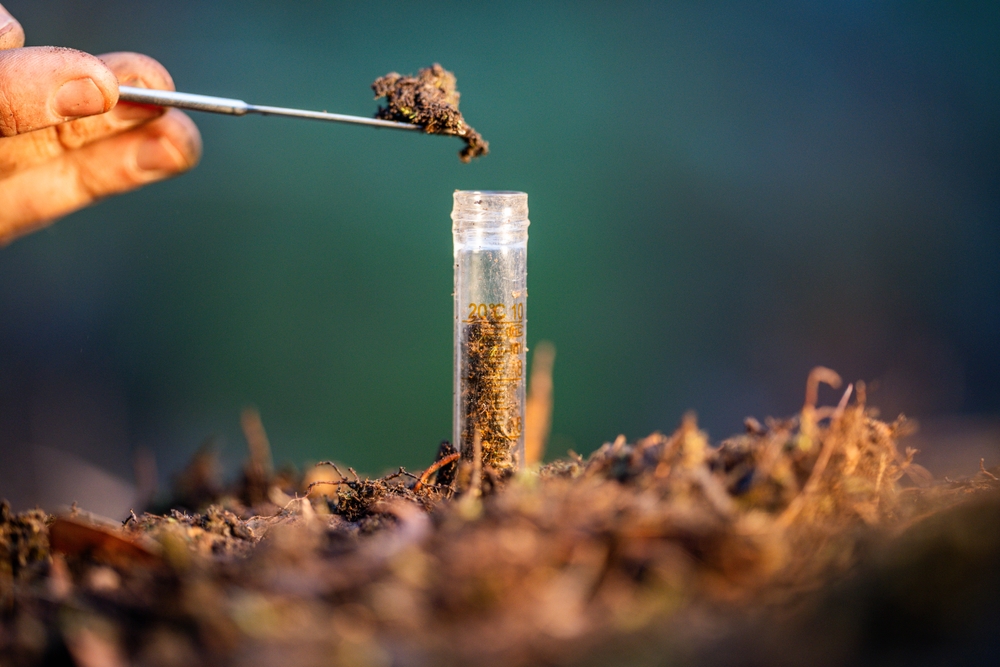
Although rosemary is not a heavy feeder, it still requires a balanced supply of nutrients for optimal health. A plant suffering from nutrient deficiency may show signs like yellowing leaves, stunted growth, pale or mottled foliage, and overall lack of vigor. In most cases, nitrogen is the missing element, but deficiencies in magnesium or iron can also cause problems, especially in container-grown rosemary where nutrients leach out quickly through drainage.
Plants grown in poor-quality soil, heavily weathered garden beds, or old potting mixes may lack the minerals rosemary needs. Over time, without supplementation, even naturally fertile soil can become depleted.
Fix it: Begin with a soil test if possible to identify specific deficiencies. Choose a balanced, slow-release fertilizer labeled for herbs or vegetables. A general-purpose 10-10-10 or 5-5-5 formula will usually suffice. For containers, use a liquid fertilizer diluted to half strength every few weeks during the growing season. Organic options like fish emulsion or compost tea can offer gentler feeding. If symptoms persist, look into adding trace minerals such as magnesium sulfate (Epsom salts) or iron chelates based on observed deficiencies.
Read More: Cut Costs, Reduce Waste: Why Self-Sufficient Gardening Makes Sense in 2025
9. Excess Fertilizer
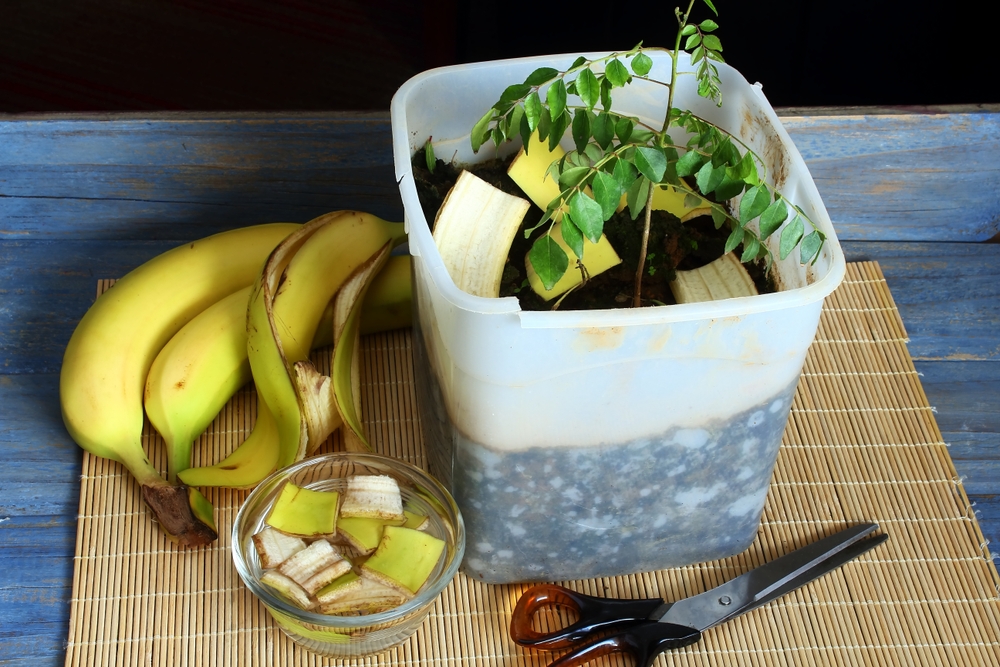
Too much fertilizer can harm rosemary rather than help it. Overfeeding leads to lush, fast growth that is often weak, watery, and more vulnerable to pests and disease. Excess nitrogen, in particular, encourages soft stems that may flop over or break under their own weight. Additionally, overfertilized plants may suffer from root burn due to salt buildup in the soil, especially in pots.
The signs of excess fertilizer include browning leaf tips, leaf drop, scorched roots, and overly rapid growth that lacks structure or flavor. Soil that feels crusty or has white buildup on the surface can indicate salt accumulation from frequent fertilizing.
Fix it: Stop fertilizing immediately if you suspect an overdose. Flush the soil with clean water several times to help leach out accumulated salts. In containers, water until it drains freely from the bottom. If symptoms persist, consider repotting in fresh soil. Going forward, feed sparingly and only during the growing season. One or two applications per year may be all rosemary needs if it is planted in rich soil or compost-enriched beds.
10. Pests
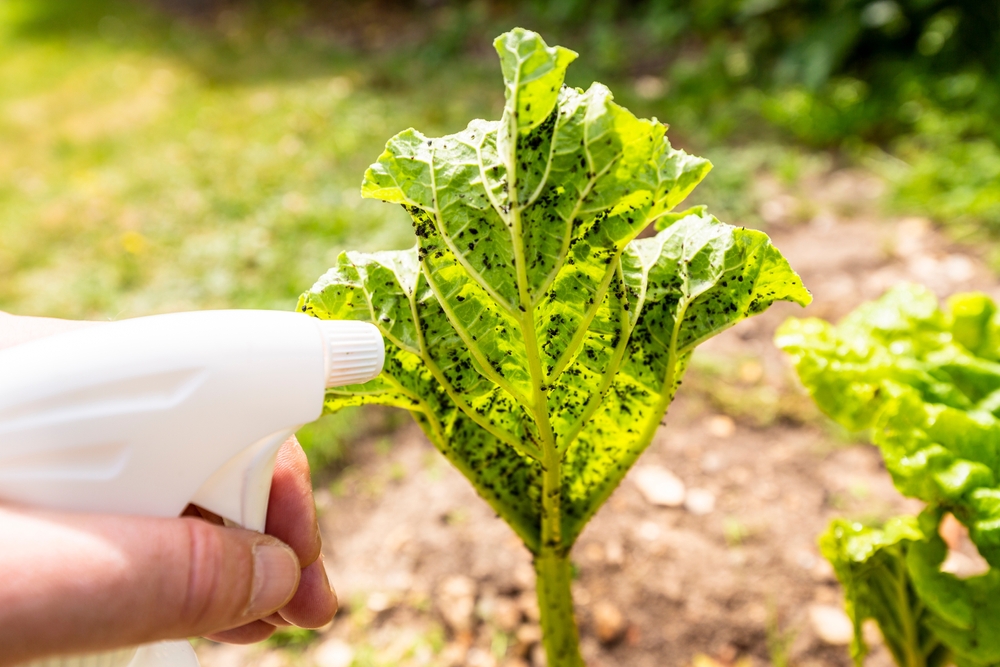
Rosemary is generally pest-resistant thanks to its fragrant oils, but under the right conditions, it can still fall prey to unwanted insects. Common culprits include spider mites, aphids, whiteflies, and mealybugs. These sap-sucking pests weaken the plant by draining essential fluids from leaves and stems, leading to yellowing, curled leaves, and stunted growth. They often strike indoor plants or outdoor rosemary grown in crowded or poorly ventilated areas.
In some cases, pests bring along diseases or cause secondary infections. Spider mites, for instance, create webbing and leave behind speckled damage on leaves. Aphids cluster near tender growth and may attract ants, which farm them for their sugary secretions.
Fix it: Inspect your rosemary regularly, especially the undersides of leaves and new growth. If you find pests, rinse them off with a strong jet of water. Follow up with insecticidal soap or neem oil, applying it in the early morning or late evening to avoid burning the foliage. Remove heavily infested sections with sterile scissors. For outdoor plants, encourage natural predators like ladybugs and lacewings to keep populations in check. Avoid overfertilizing, as lush growth can attract more pests.
11. Powdery Mildew
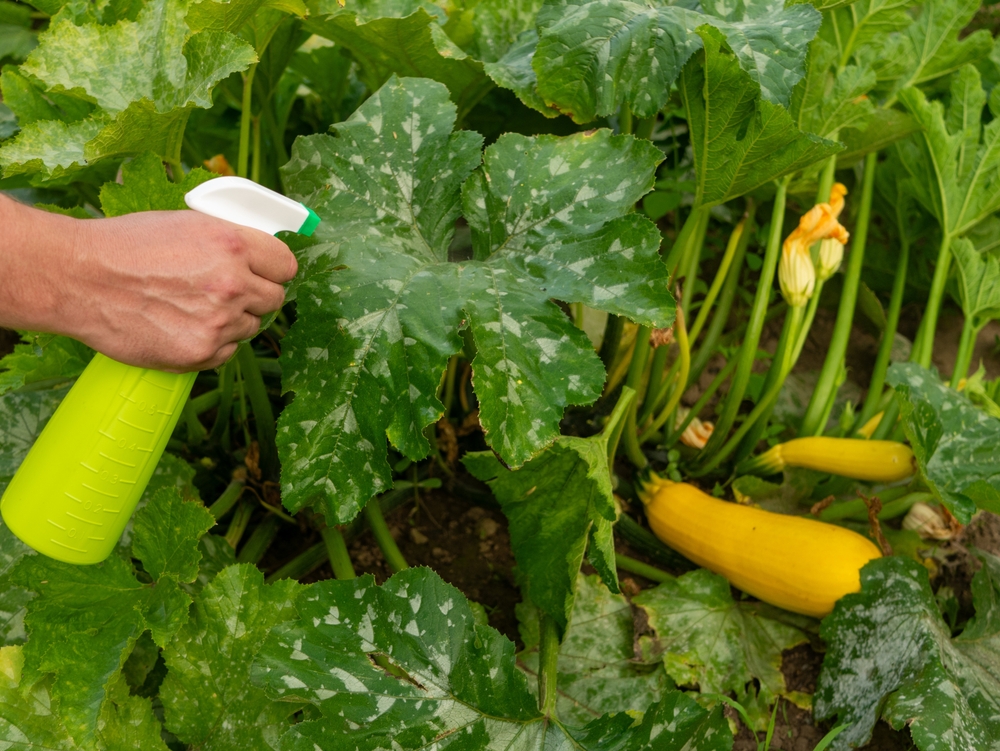
Powdery mildew is a common fungal disease that appears as a white, chalky coating on rosemary leaves. It thrives in warm, humid conditions with poor air circulation and often strikes when plants are grown too closely together or kept in overly moist environments. Although not usually fatal, it weakens the plant and reduces its ability to photosynthesize.
Symptoms include the telltale white or gray powder on leaf surfaces, distorted growth, and yellowing or dropping leaves. It tends to begin on the lower leaves and works its way upward.
Fix it: Improve airflow around your rosemary by pruning back overgrowth and avoiding crowding. Space plants at least 18 inches apart and remove any debris around the base. Avoid overhead watering, which increases humidity on the foliage. Water at the base and early in the day so moisture dries before nightfall. Treat early outbreaks with a homemade remedy of baking soda (1 tablespoon), dish soap (1 teaspoon), and water (1 liter), sprayed weekly. Commercial organic fungicides containing potassium bicarbonate or neem oil can also help.
12. Transplant Shock
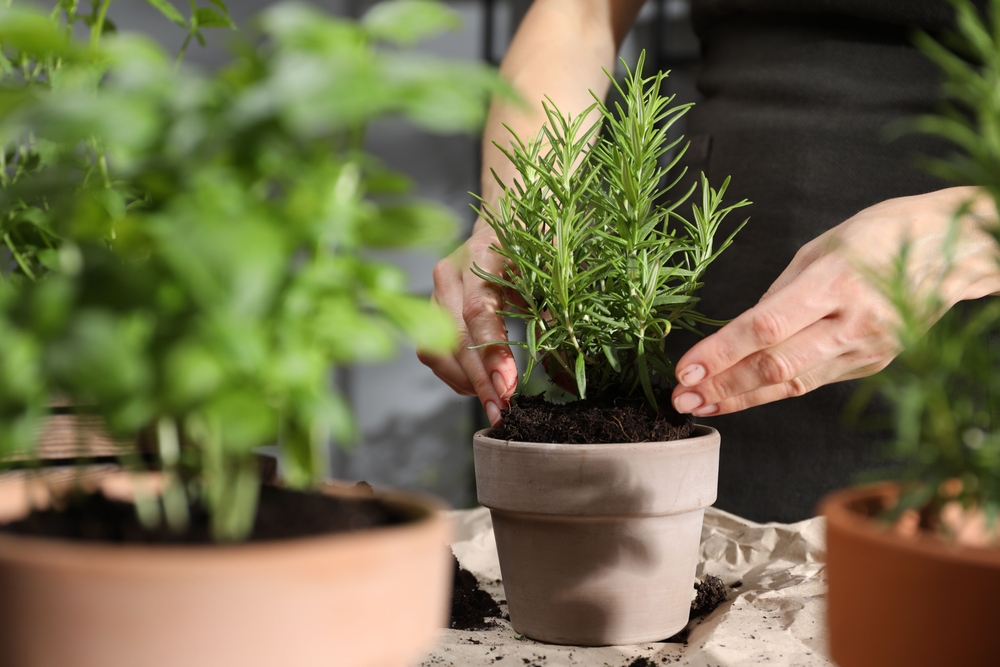
Transplanting rosemary can sometimes lead to transplant shock, a condition where the plant struggles to adjust to new conditions after being moved. This is especially common when the roots are disturbed, the soil is different, or the environment changes dramatically in terms of temperature, humidity, or light.
Symptoms of transplant shock include drooping, yellowing leaves, slowed growth, and failure to thrive despite adequate care. The plant may appear stunned or lifeless but is often just stressed.
Fix it: Handle rosemary gently when transplanting, and try to keep the root ball intact. Water thoroughly after transplanting to settle the soil around the roots. Provide temporary shade for a few days if moving the plant to a brighter location. Avoid fertilizing immediately, as this can further stress the plant. Allow time for the rosemary to adjust, which can take one to three weeks depending on the severity of the disturbance. If shock is severe, consider trimming back up to one-third of the plant to reduce water demand and encourage new root growth.
13. Poor Soil Quality
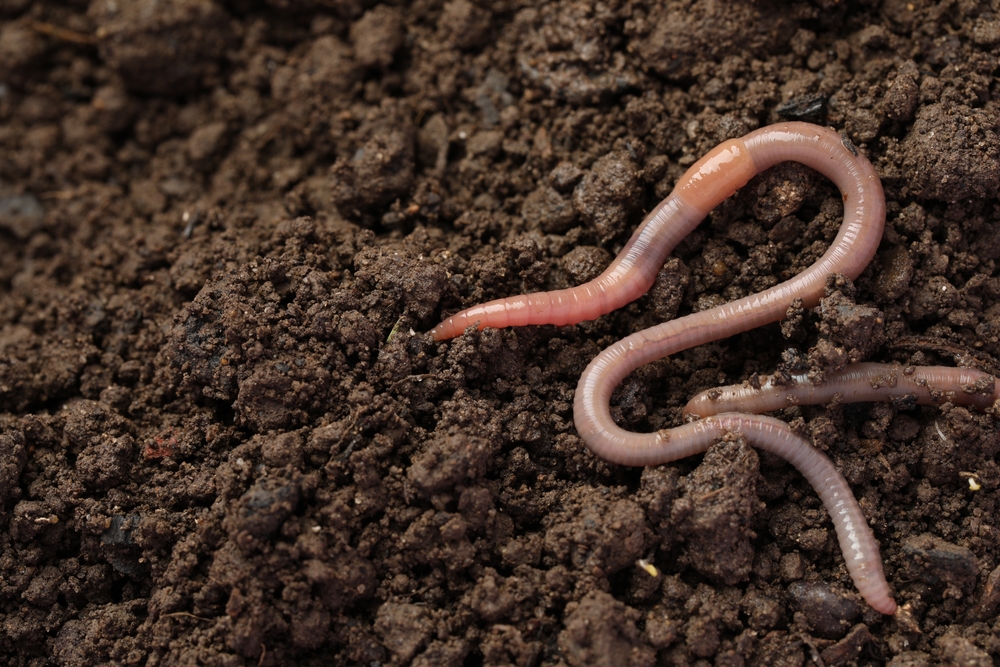
Rosemary requires loose, well-draining, and nutrient-balanced soil with a slightly alkaline to neutral pH. Heavy, compacted, acidic, or poorly structured soil can restrict root development and water movement, leading to weak or discolored plants. Common signs of poor soil quality include hard clumps, pooling water, pale leaves, and sluggish growth.
Plants grown in depleted garden beds or reused potting mix may also suffer from a lack of organic matter or vital minerals. Repeated plantings without replenishment eventually exhaust the soil’s ability to support new growth.
Fix it: Assess your soil by texture and drainage. If it is dense or sticky when wet, amend it with sand, perlite, or grit to increase porosity. Incorporate compost, leaf mold, or well-rotted manure to improve organic content and structure. If soil tests reveal high acidity, add lime to raise the pH into the ideal range of 6.5 to 7.5. For container plants, replace old potting mix with a fresh blend designed for Mediterranean or drought-tolerant herbs. Choose products labeled for good drainage and minimal water retention.
14. Crowded Roots

Rosemary can grow surprisingly large over time, especially in containers. If your plant has been in the same pot for a year or more, the roots may have outgrown the space. When this happens, the roots begin to circle the container, becoming tangled and compacted. This condition, known as being root-bound, restricts the plant’s ability to absorb water and nutrients effectively.
Signs of crowded roots include slowed or stunted growth, wilting despite regular watering, yellowing leaves, and visible roots poking out from drainage holes. You may also notice water running straight through the pot without soaking in, a sign the soil has been displaced by root mass.
Fix it: Gently remove the rosemary from its container and inspect the root system. If the roots are tightly coiled or form a solid mass, the plant needs more room. Choose a pot that is two to three inches wider in diameter and has excellent drainage. Before replanting, use your fingers or a sterile knife to loosen the roots and trim off any dead or rotted portions. Replant using fresh, well-draining soil and water thoroughly. Repotting should ideally be done in early spring before new growth begins, giving the plant time to adjust and expand during the growing season.
15. Harvesting Too Aggressively
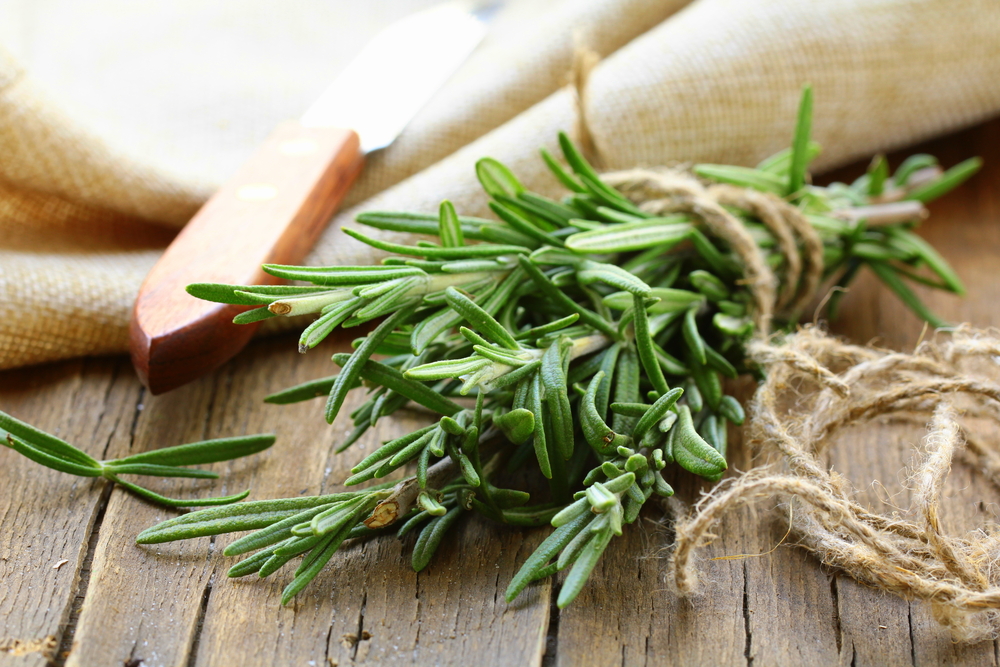
Harvesting rosemary regularly helps promote bushy growth and keeps the plant healthy. However, taking too much at once or pruning incorrectly can cause long-term damage. If you cut too deeply into old, woody stems, the plant may struggle to regrow from those areas. Similarly, removing more than one-third of the plant at a time can leave it stressed and vulnerable.
Symptoms of over-harvesting include bare stems that do not regrow, reduced branching, and overall thinning of the plant. If you notice sections of the rosemary turning brown or failing to bounce back after a harvest, you may have taken too much or pruned too harshly.
Fix it: Always use clean, sharp scissors or pruning shears when harvesting. Focus on cutting the soft, green tips and avoid cutting into the brown woody base unless performing rejuvenation pruning, which should only be done in spring. Harvest no more than one-third of the plant at a time to allow for recovery. Space out your harvesting sessions over several weeks if you need a large amount. Encourage fuller growth by trimming just above leaf nodes, where new stems will emerge.
16. Aging Plant

Even under ideal conditions, rosemary has a natural lifespan. As it ages, the plant becomes woodier, less productive, and slower to put out new growth. Older rosemary may look scraggly, with leggy stems and sparse foliage. The lower stems may become thick, gnarled, and brittle, making it harder for the plant to transport nutrients and water efficiently.
Age-related decline is often mistaken for disease or poor care. While it’s true that older rosemary can become more susceptible to pests or environmental stress, sometimes the issue is simply that the plant is nearing the end of its prime.
Fix it: Rejuvenate an aging rosemary by pruning it back in early spring, removing dead or woody stems and encouraging fresh growth from the base. Do not prune into areas with no green leaves, as rosemary may not regenerate from bare wood. If the plant is too far gone, consider propagating new rosemary plants from healthy stem cuttings. Take four- to six-inch cuttings from soft, non-woody growth, strip the lower leaves, and root them in water or moist potting mix. This gives you a fresh, vigorous plant that carries the genetics of your original herb.
Conclusion
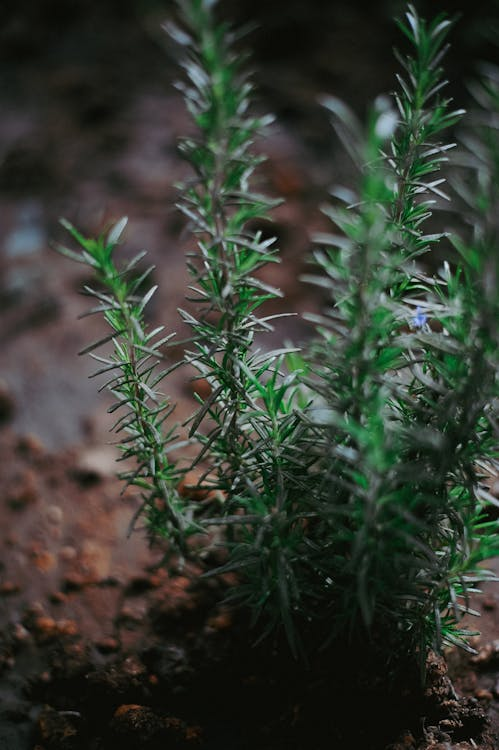
Keeping rosemary healthy requires more than just occasional watering and sunshine. It demands attention to detail across every aspect of care, from soil quality and drainage to pruning techniques and seasonal protection. By understanding the most common reasons your rosemary might be dying, you can take quick, specific actions to reverse the damage and restore its vitality.
Whether your plant is indoors in a sunny kitchen window or thriving outdoors in a raised herb bed, the key is to mimic the Mediterranean environment it calls home. With well-drained soil, adequate sunlight, careful watering, and regular but gentle pruning, rosemary will reward you with fragrant leaves and robust growth for years to come.
Read More: How a WWII-Era Gardening Trend Is Helping Families Save on Groceries
Disclaimer: This article was created with AI assistance and edited by a human for accuracy and clarity.
